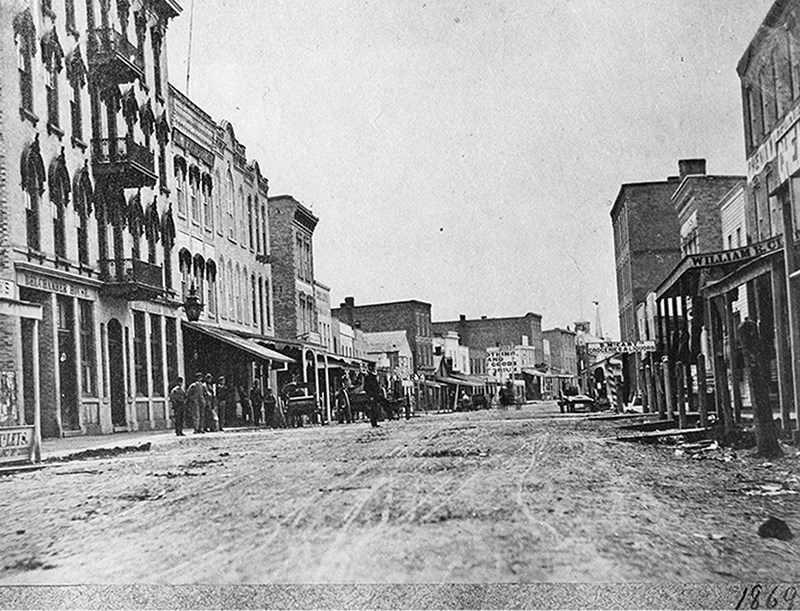Phil Egan
A dreadful image hangs today in the National Gallery of Canada.
The painting, by Joseph Lagare, depicts the terrified citizens of Quebec City scurrying about the town’s market square in 1832.
Thick, black smoke from burning smudge pots fills an apocalyptic sky. In the foreground, a man is seen falling to the ground. Near the centre, a horse-drawn wagon picks up the dead and dying. On the right, a group of Irish immigrants follow a hearse.
Titled, The Cholera Plague, the painting evokes the horror that struck Canada when the disease arrived in Canada in 1832. Over the next two years, as ships continued to arrive carrying infected passengers, more than 400 people would die in Halifax.
Cholera is a disease of the intestines contracted by ingesting contaminated food or water.
In Sarnia in 1866, a panicked citizenry was afraid that cholera was returning – and the Canadian Observer blamed immigrants.
“This class,” the newspaper told Sarnia readers, “as is well-known, always suffers from cholera, or any other form of epidemic disease that may prevail, to a greater extent than the settled inhabitants of a country.”
Immigrants travelling from point to point suffered uncleanliness and a lack of nourishing food.
The previous summer, Europe had experienced an outbreak of the disease. It was believed to be water-borne and travelling from east to west. It was, the Observer said, a “foregone conclusion that the dreaded disease would appear in the Province during the coming summer.”
In the spring of 1866, Sarnia’s fears were real. Six times since 1832 cholera had reached epidemic levels in Canada, killing nearly 20,000 people.
In keeping with the mood of the times, and along with blaming immigration, the newspaper pointed a finger at booze.
The Observer expressed concern about “the inhabitants of all the crowded lanes and filthy alleys of all large cities and, in fact, everywhere squalor, poverty, and vice prevail, and especially among the haunts of intemperance.”
Thirty-four years of contending with the disease had brought no significant improvement in the ability of Canadian doctors to cure it. However, some lessons had been learned in how to reduce its deadly impact.
Fortunately, and despite the Observer’s fears, the Fourth Cholera Pandemic, which lasted from 1863 to 1875, caused only brief outbursts in Ontario cities. However, two months after the Observer story alarmed Sarnians, 5,596 people in the East End of London, England died from an outbreak of cholera.
In the days before the medical advances we take for granted today, it was a frightening time.
